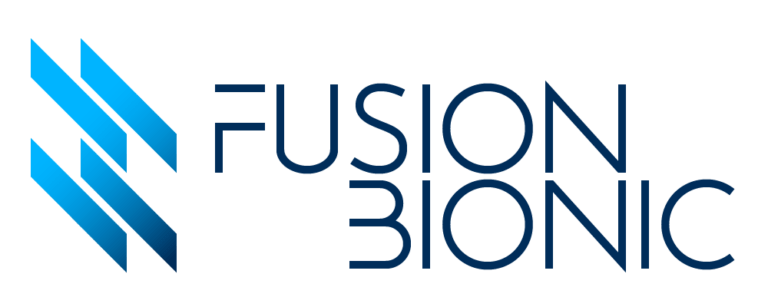The German high-tech startup Fusion Bionic, which develops and sells systems for the production of biomimetic surfaces, is starting a strategic cooperation with MOEWE optical solutions, a leading manufacturer of polygon-based laser micromachining systems. Both companies join forces to enable ultra-high-speed systems for surface processing and functionalization.

The functionalization of surfaces using laser technologies offers an alternative solution to functional coatings, which are widely used in industry today. However, many of these functional coatings do not meet the requirements of REACH-Konformität or are very susceptible to degradation processes.
Fusion Bionic, a spin-off of the Fraunhofer Institute for Material and Beam Technology IWS, offers an alternative approach to functional surfaces using laser surface texturing. By using the proprietary laser technology of Direct Laser Interference Patterning, or DLIP for short, high-performance surfaces are achievable that offer self-cleaning properties, anti-icing properties, reduced friction, improved contact performance and much more.
"For a long time, the commercial use of laser-generated functional surfaces was hardly feasible due to relatively slow laser processing techniques. This was solved by the DLIP technology, which makes it possible to produce functional surfaces at speeds of up to 1m²/min. Fusion Bionic has been driving the commercialization of DLIP technology through various products since its inception,” said Tim Kunze, CEO and co-founder of Fusion Bionic.
The partnership with MOEWE that is now beginning will significantly increase the possible processing speed through the combination of two state-of-the-art laser technologies - polygon scanning and DLIP.
“The advantages of our polygon-based beam deflection systems are particularly evident in combination with high-power lasers. In the meantime, laser systems with an average power of 2-3 kW can be found in many application laboratories of established laser manufacturers, with some research institutions such as the Fraunhofer Society striving for developments of up to 20 kW. Our collaboration with Fusion Bionic has the potential to make these forces more usable through their proprietary DLIP technology and our advanced polygon scanning solutions. At MOEWE, we look forward to pushing the boundaries of what is possible with Fusion Bionic,” emphasizes Prof. Andre Streek, CVO and co-founder of MOEWE.
"In our application center, we recently demonstrated processing speeds of up to 3m²/min with our colleagues from MOEWE, which is a great success in terms of further technology upscaling. We have started working with MOEWE on a commercial implementation of the Polygon DLIP technology, which will be brought to market later this year by the optical solution COREultra,” emphasizes Dr. Sabri Alamri, Research Director and Co-Founder of Fusion Bionic.
Early laser suppliers have already expressed interest in Fusion Bionic's advanced Polygon DLIP technology, such as the Edgewave GmbH from Würselen. The laser manufacturer provided a multi-100W laser system from its PX600 series to measure its performance in combination with the polygon DLIP approach.
The collaboration between both parties will enable a rapid time to market, unlocking the full potential of Fusion Bionic's state-of-the-art microtexturing solution.
Founded in early 2021, Fusion Bionic has already attracted significant customer interest from multiple industrial and academic partners worldwide. Fusion Bionic was recently named Heraeus Accelerator Champion 2021 due to its successful participation in the Heraeus Accelerator Program 2021, setting it apart from more than 1800 startups active worldwide.
About MOEWE Optical Solutions GmbH (MOEWE)
The company MOEWE was founded in 2018 by Prof. Dr.-Ing. André Streek, Sascha Klötzer and Robby Ebert founded as a spin-off of the Mittweida University Laser Institute. The company's focus is on the development and production of ultra-fast polygon-based scanning systems. It uses a dual polygon and an ultra-fast FPGA-based controller in a unique way. The devices are therefore very versatile, from microelectronics to steel production.









